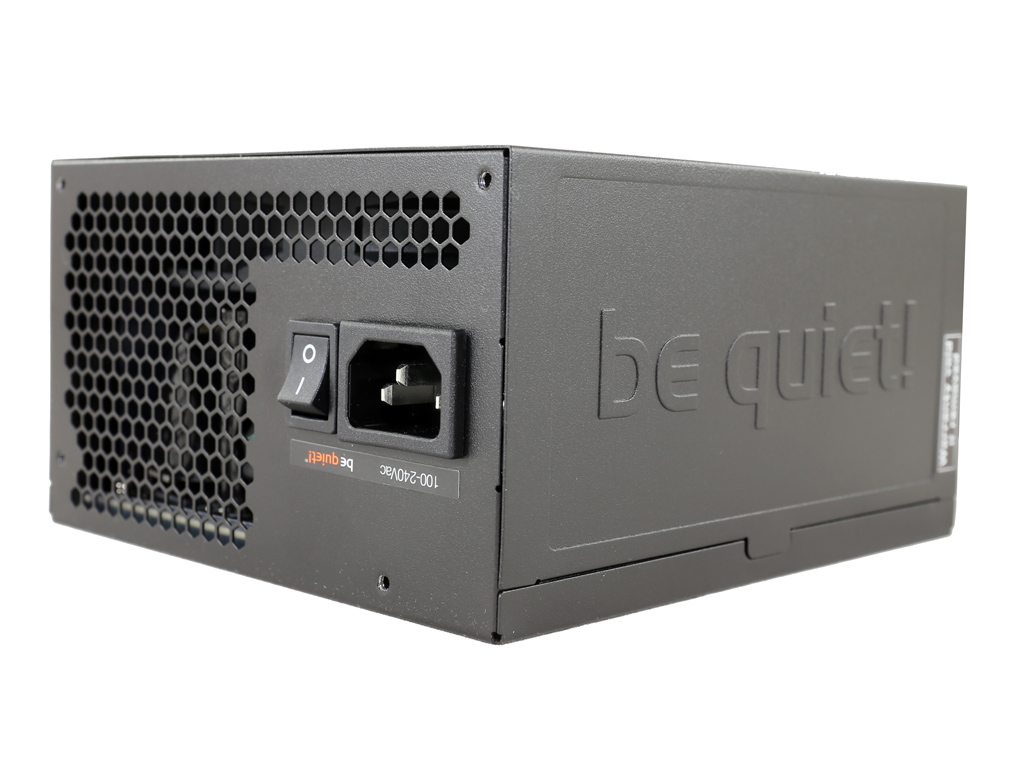be quiet! Pure Power 9 600W PSU Review
be quiet! released the updated Pure Power 9 series that consists of four semi-modular models with capacities ranging from 400W to 700W. Today, we're looking at the 600W implementation to see where it stands in the competitive mainstream market.
Why you can trust Tom's Hardware
Pros, Cons And Final Verdict
be quiet! trusted FSP, its favorite OEM, once again and the outcome is its fresh Pure Power 9 line. Compared to the previous generation, these new models offer several upgrades. The most notable is the 80 PLUS Silver efficiency, of course. Although be quiet! claims that these units have independent regulation on all rails, our test results prove otherwise. So, if you apply full load at +12V and minimum at 5V, the +12V ripple goes out of spec due to some high spikes. With minimum load at +12V and maximum at 5V, ripple suppression might fall within the limits, but load regulation goes haywire with the voltage at +12V reaches close to 13V! Although be quiet! might claim this unit is Haswell-ready, according to Intel's compatibility guidelines for the C6 and C7 sleep states it's not. Granted, Intel's test methodology for Haswell compatibility takes the most extreme scenarios into account. This PSU probably wouldn't have a problem with newer CPUs, and you can always disable C6 and C7 if you did run into any problems.
More concerning to us is this PSU's low-quality bulk cap. We can't help but wonder why be quiet! chose to offer extra bells and whistles, like the stealth ribbon cables, instead of investing in a higher quality cap in the APFC converter. Even lower-end PSUs have 105 °C bulk caps nowadays.
At least the electrolytic caps on the secondary side are rated at 105 °C and provided by a decent manufacturer (Teapo). We couldn't expect Japanese caps inside this PSU, however Teapo has proven to be the next best choice so far. Some of you might not like the CapXon polymer caps. But solid caps are much more reliable than electrolytic ones, and on top of that, these caps are installed in a non-critical area where the applied stress is low.
To sum up, two things are way off in this PSU: performance with highly unbalanced loads and the 85 °C bulk cap. On the other hand, you get high efficiency for a Silver-rated power supply, quiet operation, compact dimensions, two native cables and a reasonable price that we expect to drop even more once the Pure Power 9 lands in the U.S.
As for the Pure Power 9 as a line-up, it's fine for mainstream and mid-level systems. The competition is tough though, and there are some offerings close to this price range with Gold-rated efficiency.
MORE: Best Power Supplies
MORE: Power Supplies 101
MORE: How We Test Power Supplies
MORE: All Power Supply Content
Aris Mpitziopoulos is a Contributing Editor for Tom's Hardware, covering Power Supplies.
Get Tom's Hardware's best news and in-depth reviews, straight to your inbox.
Follow us on Twitter @tomshardware, on Facebook and on Google+.
Current page: Pros, Cons And Final Verdict
Prev Page Performance, Performance Per Dollar, Noise And Efficiency Ratings
Aris Mpitziopoulos is a contributing editor at Tom's Hardware, covering PSUs.
